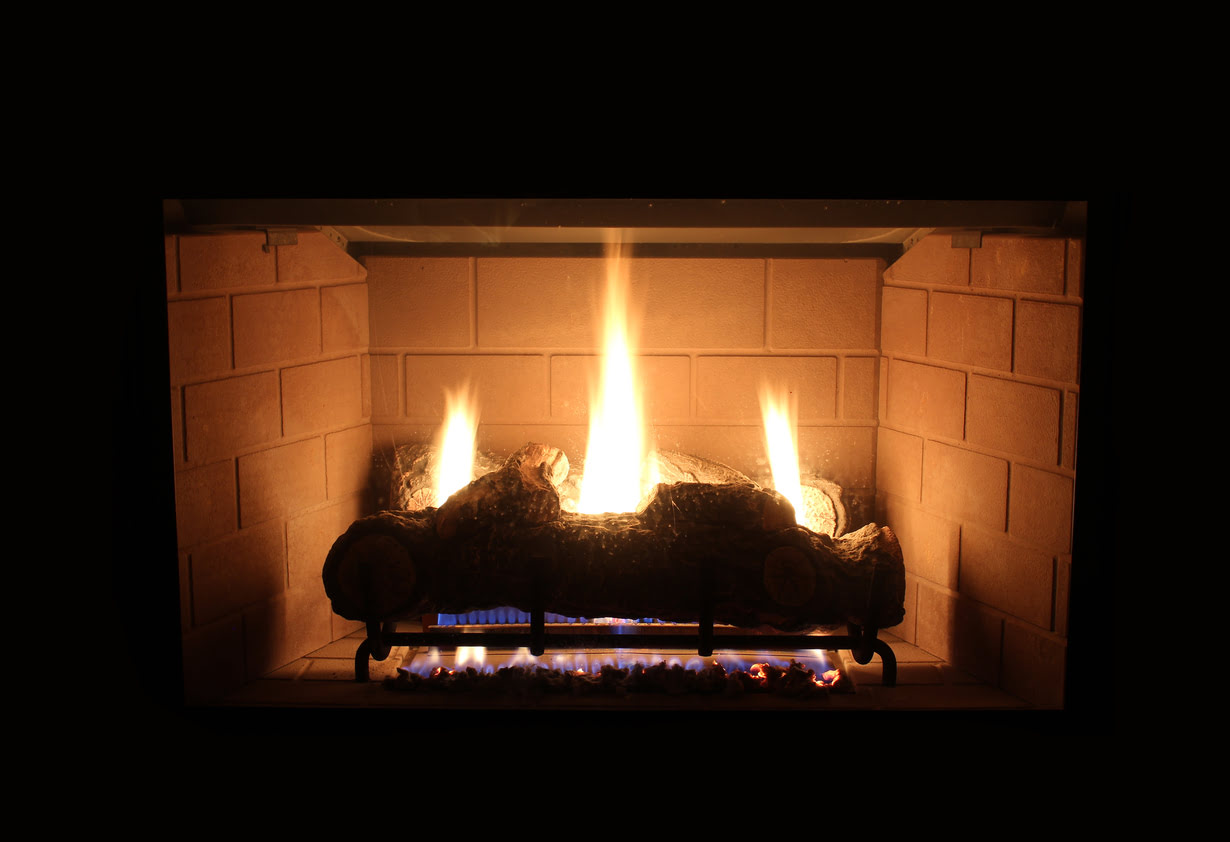

Articles
How Much Gas Does A Fireplace Pilot Light Use
Modified: December 7, 2023
Learn how much gas a fireplace pilot light uses with this informative article. Discover tips on conserving gas and saving money on your heating bills.
(Many of the links in this article redirect to a specific reviewed product. Your purchase of these products through affiliate links helps to generate commission for Storables.com, at no extra cost. Learn more)
Introduction
A fireplace pilot light is a small flame that continuously burns to ignite the main burner in a gas fireplace. It serves as a convenient and reliable means of starting a fire without the need for matches or lighters. However, many homeowners wonder about the gas usage of a fireplace pilot light and how it can impact their energy bills.
In this article, we will explore the ins and outs of a fireplace pilot light and delve into the factors that can affect its gas consumption. We will also provide tips on how to measure and reduce gas usage, helping you achieve a balance between comfort and energy efficiency.
Understanding the workings of a fireplace pilot light and its impact on your gas consumption can empower you to make informed decisions about your fireplace usage, ultimately saving you money and reducing your environmental footprint.
Key Takeaways:
- Understanding the factors that affect gas usage of a fireplace pilot light, such as flame size, weather conditions, and maintenance, can help homeowners optimize energy efficiency and reduce costs while enjoying the warmth and ambiance of their fireplace.
- Implementing tips such as adjusting flame size, considering energy-efficient pilot light systems, and minimizing pilot light usage can effectively reduce gas consumption without compromising comfort, contributing to a more sustainable and eco-friendly lifestyle.
Read more: How To Light A Pilot On Gas Fireplace
What is a fireplace pilot light?
A fireplace pilot light is a small flame that continuously burns in a gas fireplace, ready to ignite the main burner when needed. It serves as an essential component of a gas fireplace, providing convenience and ease of use.
The pilot light is typically located near the fireplace’s main controls, usually in the form of a knob that can be turned to light the pilot flame. Once lit, the pilot light stays on, even when the main burner is not active. This ensures that there is always a source of ignition readily available.
The pilot light is responsible for igniting the main burner when the fireplace is turned on. When the gas valve is opened, gas flows to the main burner, and the pilot light ignites this gas, producing a larger and more consistent flame. This flame then heats up the thermocouple, a safety device that confirms the presence of a flame. If the thermocouple detects that the pilot light has gone out, it shuts off the gas flow to prevent any potential safety hazards.
Overall, the pilot light plays a crucial role in the functioning of a gas fireplace, ensuring convenient and reliable ignition whenever you desire the warmth and ambiance of a fire.
How does a fireplace pilot light work?
A fireplace pilot light operates using a combination of gas fuel, oxygen, and an ignition source. It follows a simple yet effective mechanism that allows for easy and consistent ignition of the main burner.
When the pilot light control knob is turned to the “pilot” position, gas flows from the supply line to the pilot tube. This gas is mixed with air to create a combustible mixture. The pilot tube extends into the combustion chamber and has a small opening at the end that releases the gas-air mixture.
Once the control knob is turned to the “pilot” position, you need to press and hold a button to manually open the gas valve, allowing gas to flow to the pilot tube. As the gas escapes through the opening in the pilot tube, it encounters a spark ignition system, such as a piezo igniter or an electronic ignition module.
If you have a piezo igniter, pressing and releasing the button generates a spark that ignites the gas, creating a small flame at the end of the pilot tube. This flame stays lit as long as the gas supply is maintained.
If you have an electronic ignition module, it automatically generates an electric spark when the gas valve is opened. This spark ignites the gas, creating the pilot flame. The electronic ignition system eliminates the need for manual button pressing, making the ignition process even more convenient.
Once the pilot flame is established, it continues to burn, providing a constant source of ignition for the main burner. Whenever you want to enjoy the warmth and beauty of the fireplace, you can simply turn the control knob to the “on” position. This allows gas to flow to the main burner, and the pilot flame ignites the gas, creating a larger and more robust fire.
In summary, a fireplace pilot light works by mixing gas with air, igniting the mixture using a spark ignition system, and maintaining a small flame that serves as a reliable source of ignition for the main burner.
Factors affecting gas usage of a fireplace pilot light
The gas usage of a fireplace pilot light can be influenced by several factors. Understanding these factors can help you manage your gas consumption effectively and make informed decisions about your fireplace usage. Here are the key factors that can affect the gas usage of a fireplace pilot light:
- Pilot Light Size: The size of the flame in your pilot light can impact its gas consumption. A larger flame will use more gas compared to a smaller flame. However, it’s important to ensure that the flame is still sufficient to ignite the main burner reliably.
- Pilot Light Adjustment: The adjustment of the pilot light can affect its gas consumption. If the flame is too large or too small, it can lead to inefficient burning and higher gas usage. It is recommended to consult the manufacturer’s guidelines or seek professional assistance to ensure proper adjustment.
- Pilot Light Age: The age and condition of the pilot light can impact its gas usage. Older pilot light assemblies may have wear and tear, resulting in gas leaks or inefficient burning. If you notice any issues or suspect a problem with your pilot light, it’s advisable to have it inspected and replaced if necessary.
- Weather Conditions: External weather conditions can affect the gas usage of a fireplace pilot light. In colder climates, the pilot light may need to burn more fuel to compensate for the colder air entering the fireplace. Similarly, windy conditions can cause the flame to flicker or go out, requiring more frequent relighting.
- Pilot Light Usage: The frequency and duration of your pilot light’s usage will determine its gas consumption. If you frequently use your fireplace or keep the pilot light on for extended periods, it will result in higher gas usage compared to infrequent or shorter usage.
- Gas Pressure: The gas pressure supplied to your fireplace can impact the gas usage of the pilot light. If the pressure is too high, it can cause excessive gas flow and result in higher consumption. It’s advisable to have the gas pressure checked by a professional to ensure it is within the recommended range.
By considering these factors and implementing appropriate measures, you can optimize the gas usage of your fireplace pilot light and strike a balance between comfort and energy efficiency.
Consider investing in a fireplace with an electronic ignition system, as it uses less gas than a traditional pilot light. This can help reduce your gas consumption and save you money in the long run.
Measuring gas usage of a fireplace pilot light
Measuring the gas usage of a fireplace pilot light can provide valuable insights into its consumption and help you monitor your energy usage. While it may not be possible to obtain an exact measurement without specialized equipment, there are some methods you can use to estimate the gas consumption. Here are a few techniques to measure the gas usage of a fireplace pilot light:
- Check the gas meter: Start by recording the reading on your gas meter when the pilot light is turned off. Wait for a specific period, such as an hour, and then record the new reading. The difference between the two readings can give you an approximate gas usage for that timeframe. Be sure to only account for the pilot light and not any other gas appliances in your home.
- Review your gas bill: Another way to estimate the gas usage of your fireplace pilot light is by checking your gas bill. Most utility companies provide detailed breakdowns of gas consumption. Look for the section that displays the consumption in therms or cubic feet. Compare the gas usage from previous billing cycles to identify any significant increases or decreases that align with your fireplace usage.
- Utilize a gas usage calculator: Several online gas usage calculators are available that can help estimate your fireplace pilot light’s consumption based on factors such as flame size, usage frequency, and gas prices. These calculators can provide a more accurate estimation of your gas usage and allow you to compare consumption under different scenarios.
- Consult a professional: If you want a precise measurement of your fireplace pilot light’s gas usage, it is best to consult a qualified professional. They can measure gas flow rates and provide a precise calculation of the actual consumption. Professionals can also inspect the pilot light and make any necessary adjustments to optimize its efficiency.
Remember, these methods provide estimates and may not be entirely accurate. However, they do offer a good starting point for understanding and tracking the gas usage of your fireplace pilot light. By monitoring your consumption, you can identify any potential inefficiencies and take steps to reduce gas usage, ultimately saving on energy costs.
Read more: How To Turn On Pilot Light Gas Fireplace
Average gas consumption of a fireplace pilot light
The average gas consumption of a fireplace pilot light can vary depending on various factors such as the size of the flame, the type of pilot light system, and the frequency of usage. While it is challenging to provide an exact figure, it is helpful to understand the general range of gas consumption for a typical pilot light.
On average, a gas fireplace pilot light can consume anywhere from 600 to 1,500 BTUs (British Thermal Units) per hour. This estimate is based on a pilot light with a standard flame size and takes into account the gas flow rate required to maintain a consistent flame. It’s important to note that individual pilot lights may have different consumption rates, so it’s always advisable to refer to the manufacturer’s specifications for a more accurate estimation.
To put the gas consumption of a fireplace pilot light into perspective, consider that the main burner of a gas fireplace typically consumes anywhere from 20,000 to 40,000 BTUs per hour. This means the pilot light’s consumption is significantly lower, as it only needs to provide ignition for the main burner when required.
Keep in mind that the gas consumption of the pilot light is continuous, as it needs to stay lit at all times for quick and reliable ignition. Therefore, even though the consumption may seem relatively low compared to the main burner, it can still contribute to your overall gas usage and energy costs over time.
It’s also worth noting that advancements in technology have led to the development of energy-efficient pilot light systems. Some modern gas fireplaces come equipped with energy-saving pilot light options, such as intermittent or electronic ignition, which can reduce gas consumption even further.
To get a more accurate idea of the gas consumption of your specific fireplace pilot light, you can follow the methods mentioned in the previous section to measure or estimate your usage. By monitoring your consumption and keeping it within a reasonable range, you can ensure efficient operation and minimize unnecessary gas usage.
Ultimately, understanding the average gas consumption of a fireplace pilot light helps you make informed decisions about your energy usage, optimize efficiency, and reduce your environmental impact.
Tips to reduce gas usage of a fireplace pilot light
Reducing the gas usage of a fireplace pilot light can help conserve energy and lower your gas bills. Here are some tips to help you minimize the gas consumption of your fireplace pilot light:
- Adjust the flame size: The size of the flame directly impacts the gas consumption. If the flame is larger than necessary, it will consume more gas. Check the manufacturer’s guidelines and adjust the pilot light flame to the recommended size.
- Opt for energy-efficient pilot light systems: Consider upgrading to a more energy-efficient pilot light system, such as an intermittent or electronic ignition system. These systems only ignite the pilot light when needed, reducing continuous gas consumption.
- Minimize pilot light usage: Evaluate your fireplace usage patterns and minimize the time the pilot light stays on when not in use. If you don’t use the fireplace for extended periods, such as during warmer months, consider turning off the pilot light entirely. Just be sure to follow proper relighting procedures before using the fireplace again.
- Keep the fireplace well-maintained: Regular maintenance helps ensure efficient operation and reduces gas wastage. Clean the burners, pilot tube, and thermocouple annually to remove any build-up that can affect gas flow and increase consumption.
- Check for leaks: Even minor gas leaks can significantly impact consumption. Routinely inspect the pilot light assembly and gas connections for any signs of leakage, such as hissing sounds or the smell of gas. If you suspect a leak, shut off the gas supply and contact a professional for inspection and repairs.
- Consider a programmable thermostat: If your fireplace is connected to a thermostat, you can program it to regulate when the fireplace turns on and off. By setting temperature and timing preferences, you can limit unnecessary pilot light usage.
- Maximize insulation: Proper insulation around your fireplace can help retain heat and reduce the need for excessive pilot light usage. Ensure the fireplace damper is closed when the fireplace is not in use to prevent heat loss.
- Explore alternative heating sources: If you’re primarily using your fireplace for heat, consider exploring alternative heating options such as a high-efficiency gas furnace or a heat pump. These systems can provide more efficient heat distribution and reduce reliance on the fireplace.
By implementing these tips, you can effectively reduce the gas consumption of your fireplace pilot light without compromising on comfort or the enjoyment of your fireplace. Remember, energy conservation not only saves you money but also contributes to a more sustainable and eco-friendly lifestyle.
Conclusion
A fireplace pilot light is a vital component of a gas fireplace, providing convenient ignition and ensuring a reliable source of fire. Understanding the factors that influence the gas usage of a fireplace pilot light can help you manage your energy consumption effectively. By implementing the tips mentioned in this article, you can reduce gas usage and optimize the efficiency of your fireplace pilot light.
Start by adjusting the flame size and considering energy-efficient pilot light systems to minimize gas consumption. Evaluate your fireplace usage patterns and only keep the pilot light on when necessary. Regular maintenance, such as cleaning and checking for leaks, helps ensure efficient operation and prevents gas wastage. Additionally, exploring alternative heating sources and optimizing insulation can further reduce reliance on your fireplace.
Keep in mind that measuring the gas consumption of a fireplace pilot light may not be easily achievable without specialized equipment. However, tracking your overall gas usage through your utility bills or using online calculators can provide valuable insights into your energy consumption.
Reducing the gas usage of your fireplace pilot light goes beyond saving money. It also contributes to environmental sustainability by conserving natural resources and reducing carbon emissions. By adopting energy-efficient practices, you can enjoy the warmth and comfort of your fireplace while minimizing your environmental impact.
Remember to consult the manufacturer’s guidelines for your specific fireplace model and consider seeking professional assistance or guidance when needed. With the right knowledge and proactive measures, you can create a more energy-efficient and cost-effective fireplace experience.
Frequently Asked Questions about How Much Gas Does A Fireplace Pilot Light Use
Was this page helpful?
At Storables.com, we guarantee accurate and reliable information. Our content, validated by Expert Board Contributors, is crafted following stringent Editorial Policies. We're committed to providing you with well-researched, expert-backed insights for all your informational needs.
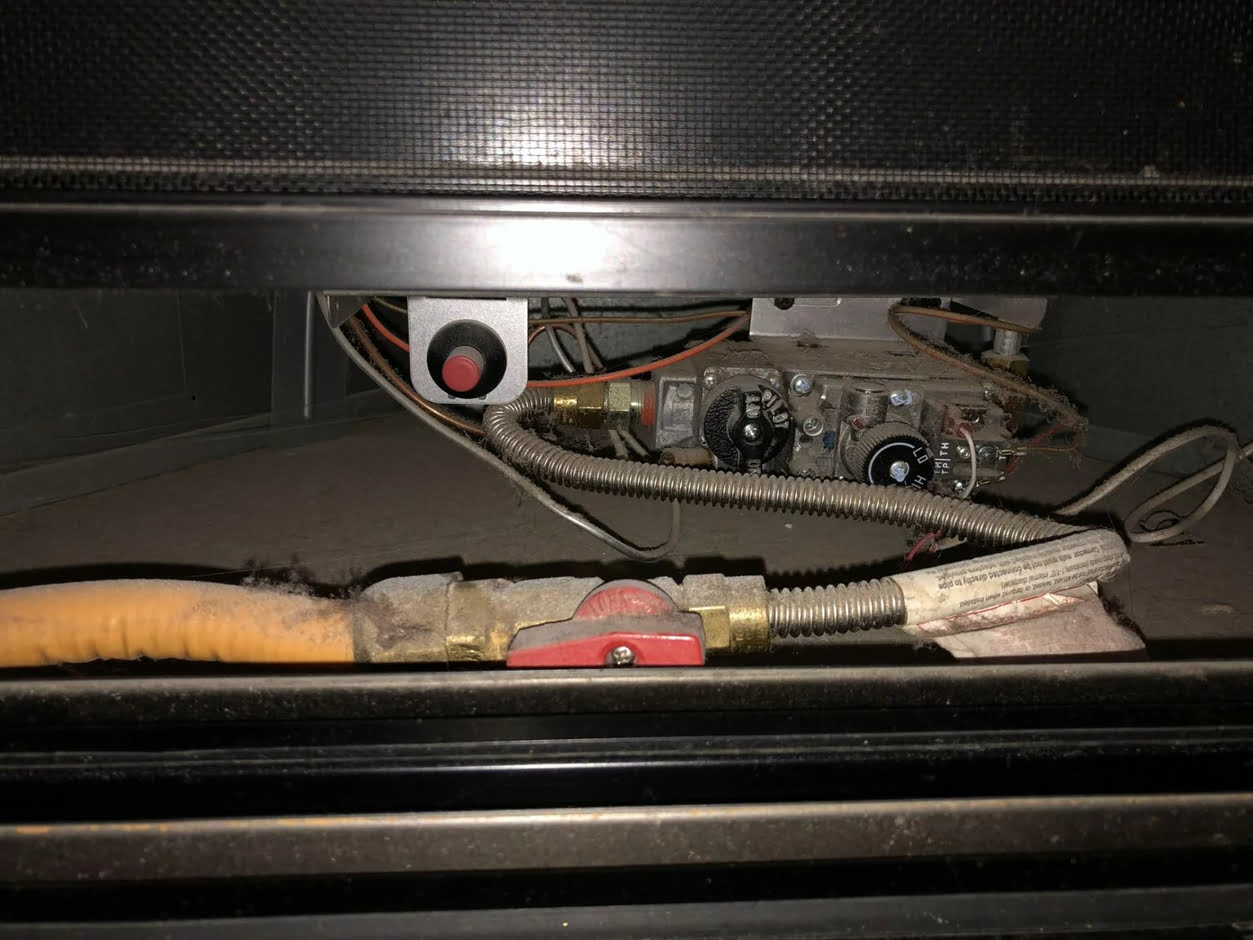
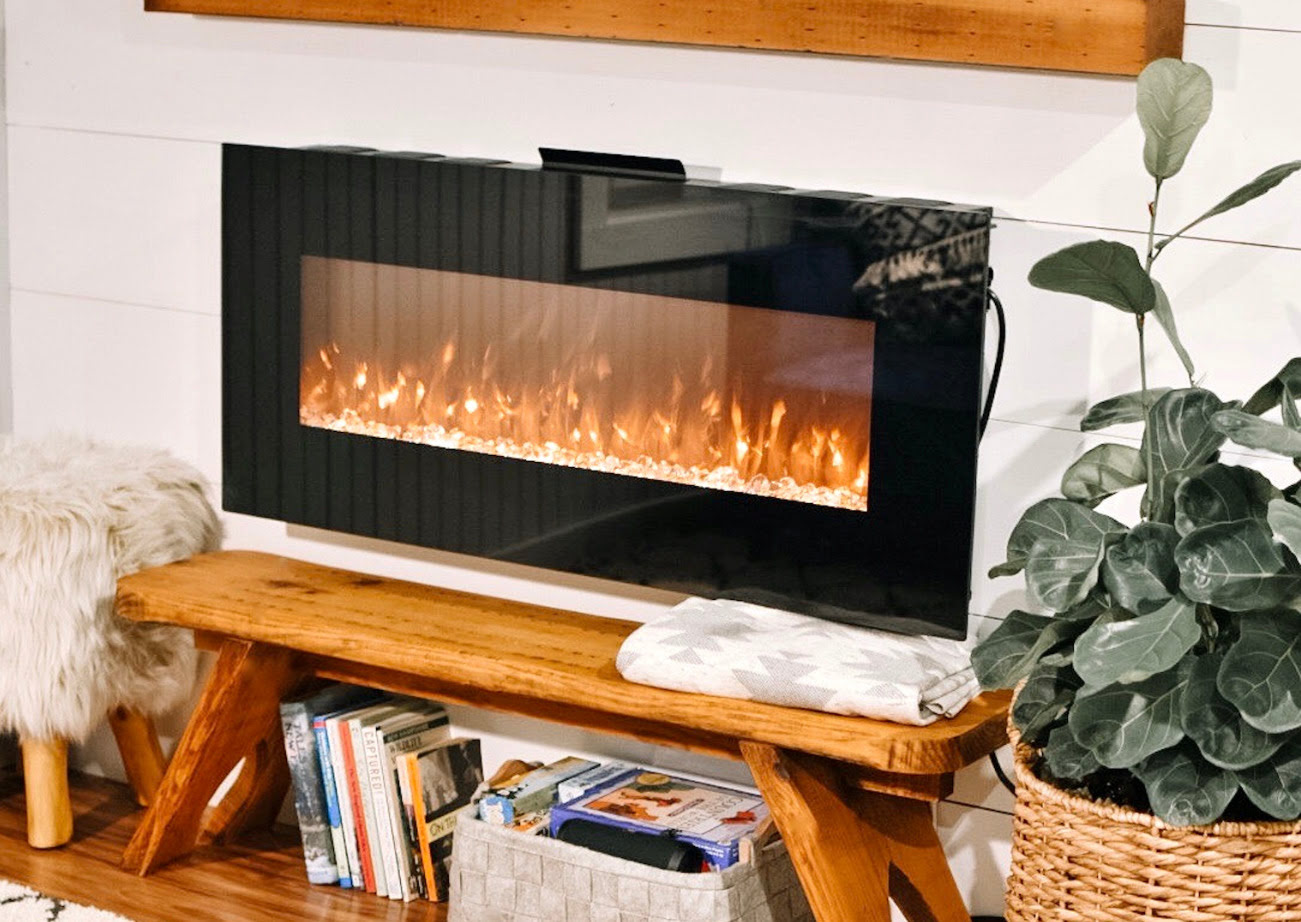
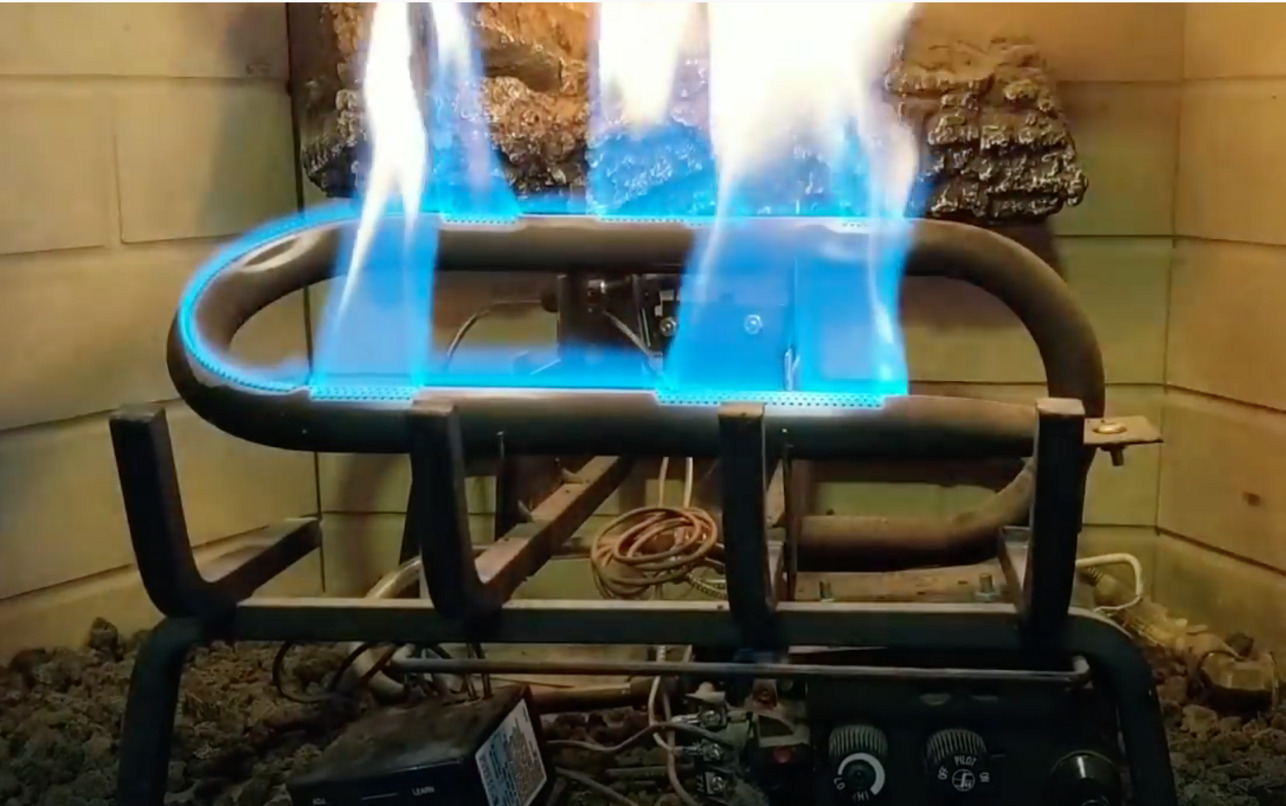
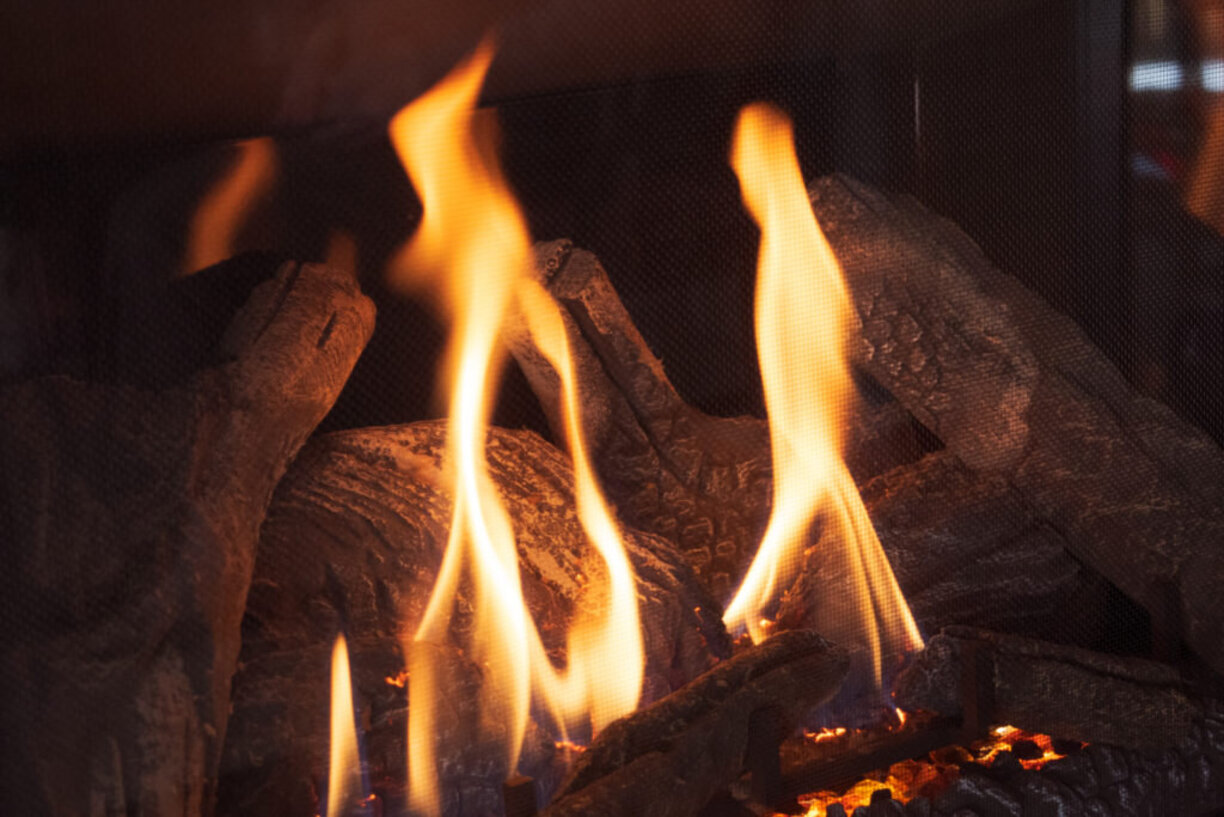
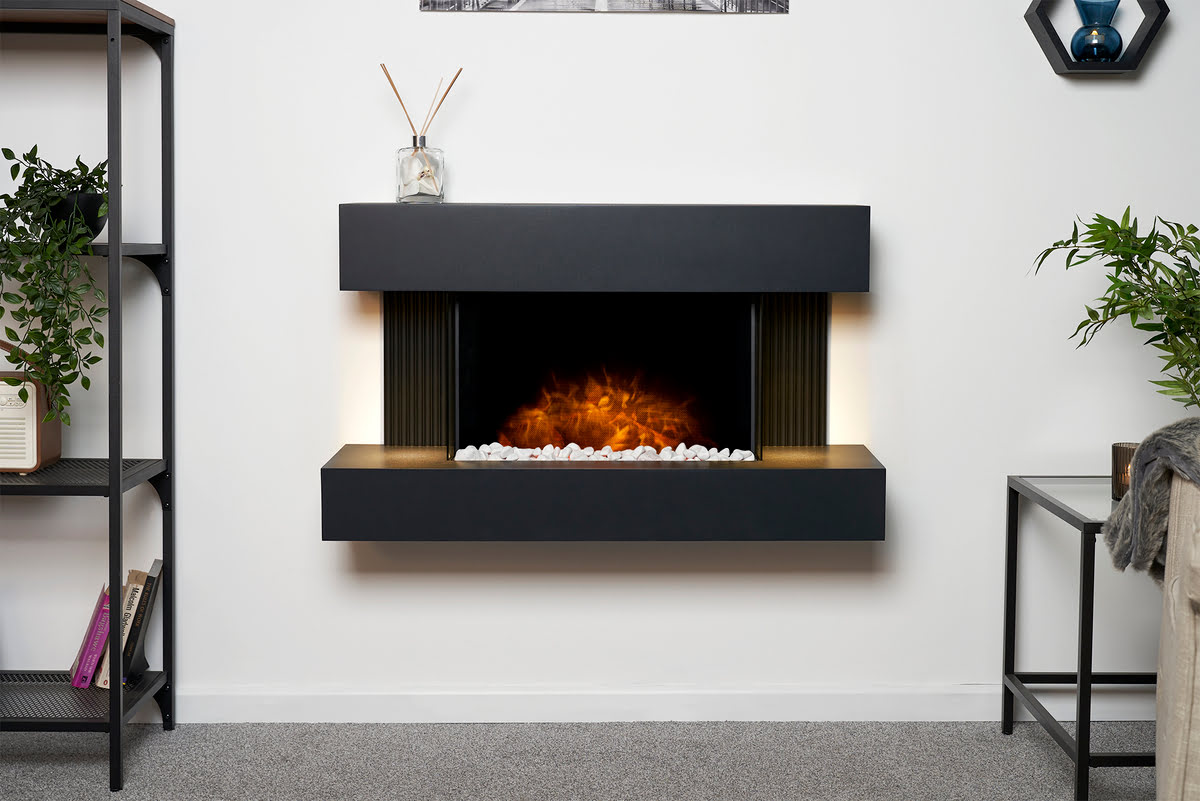
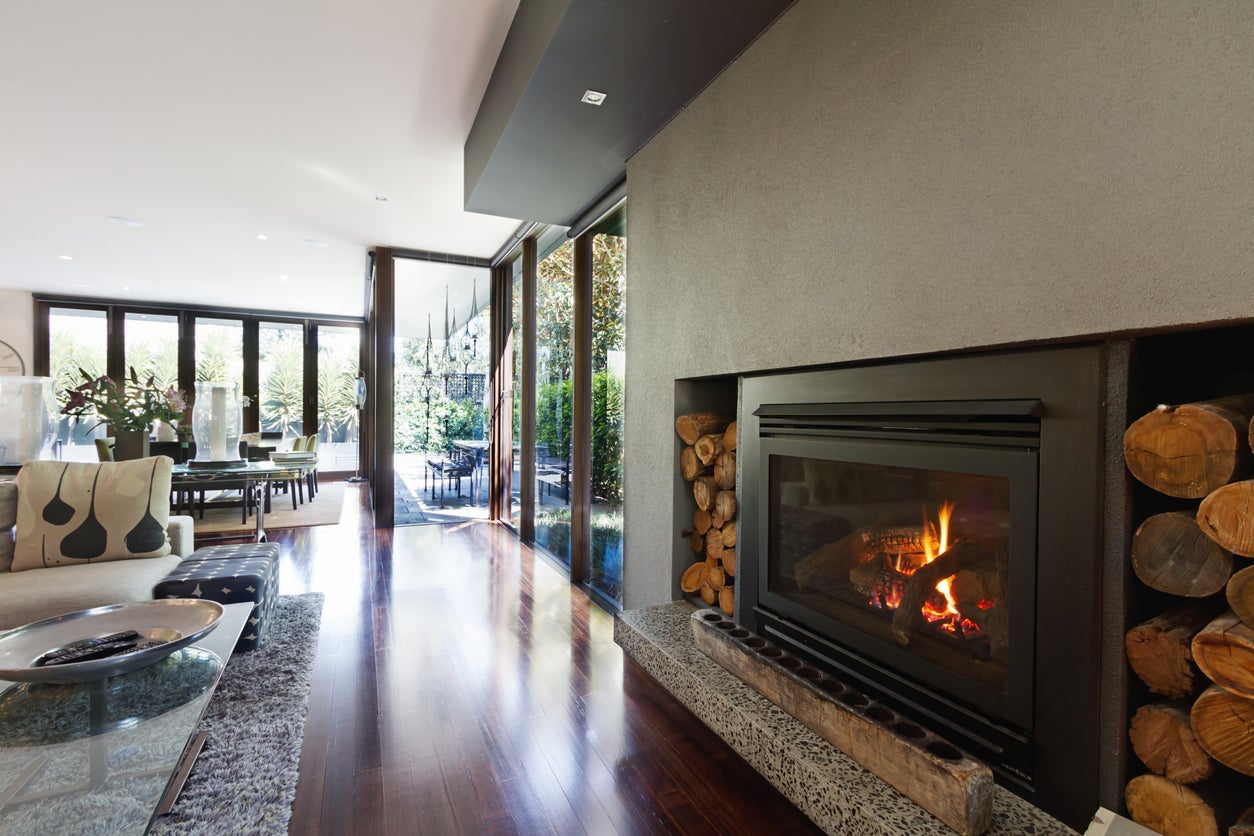
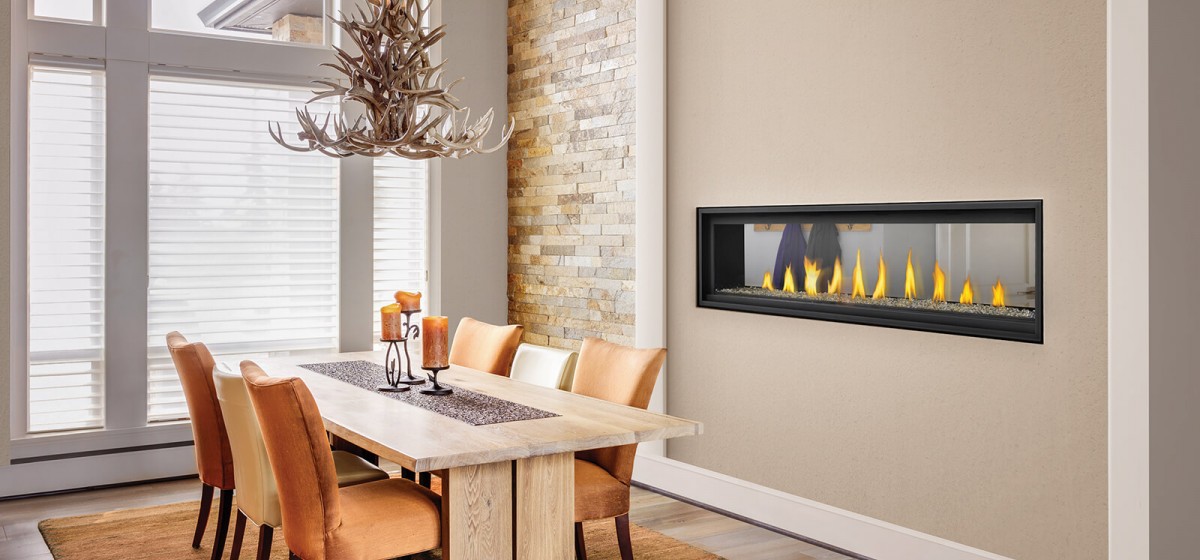
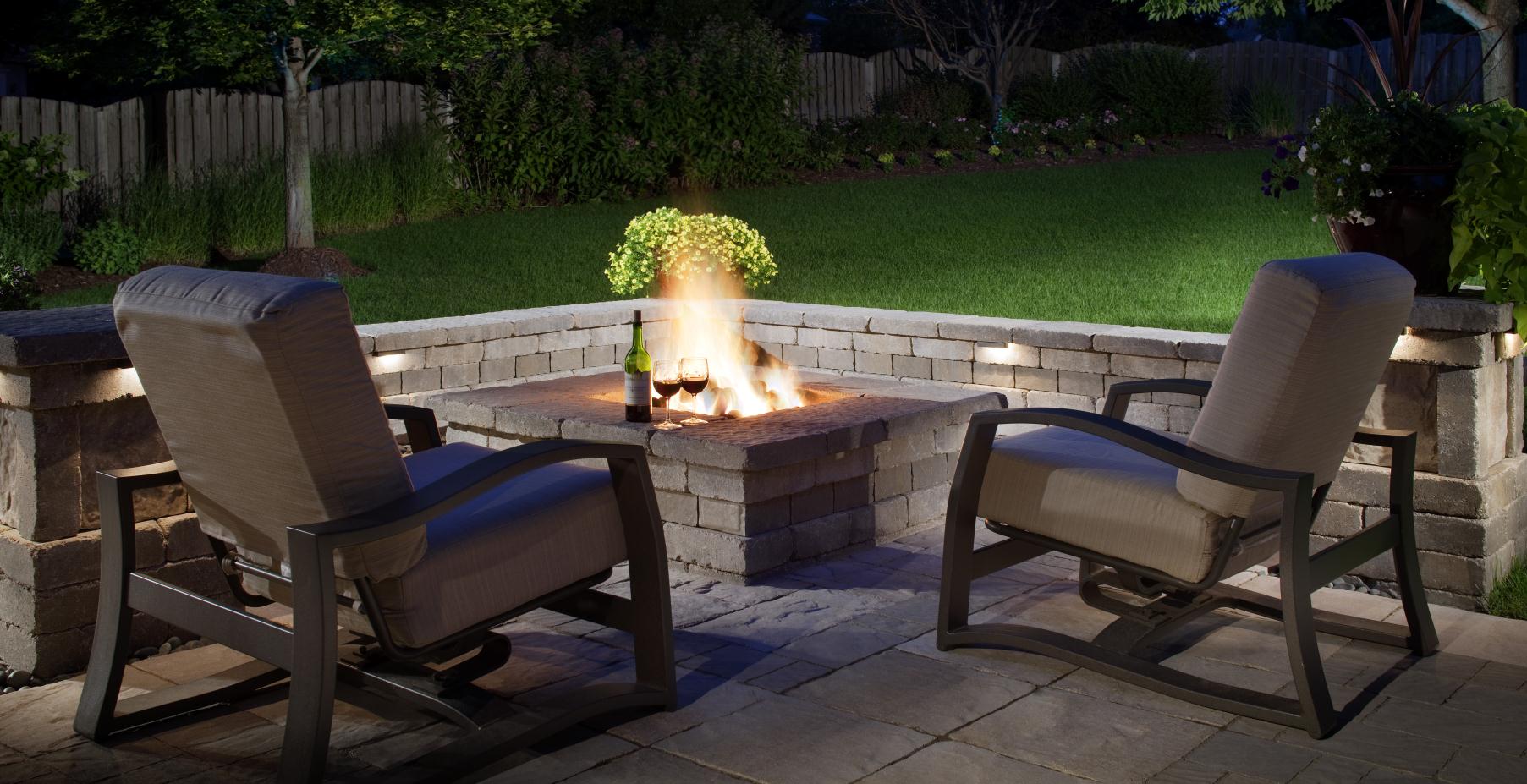
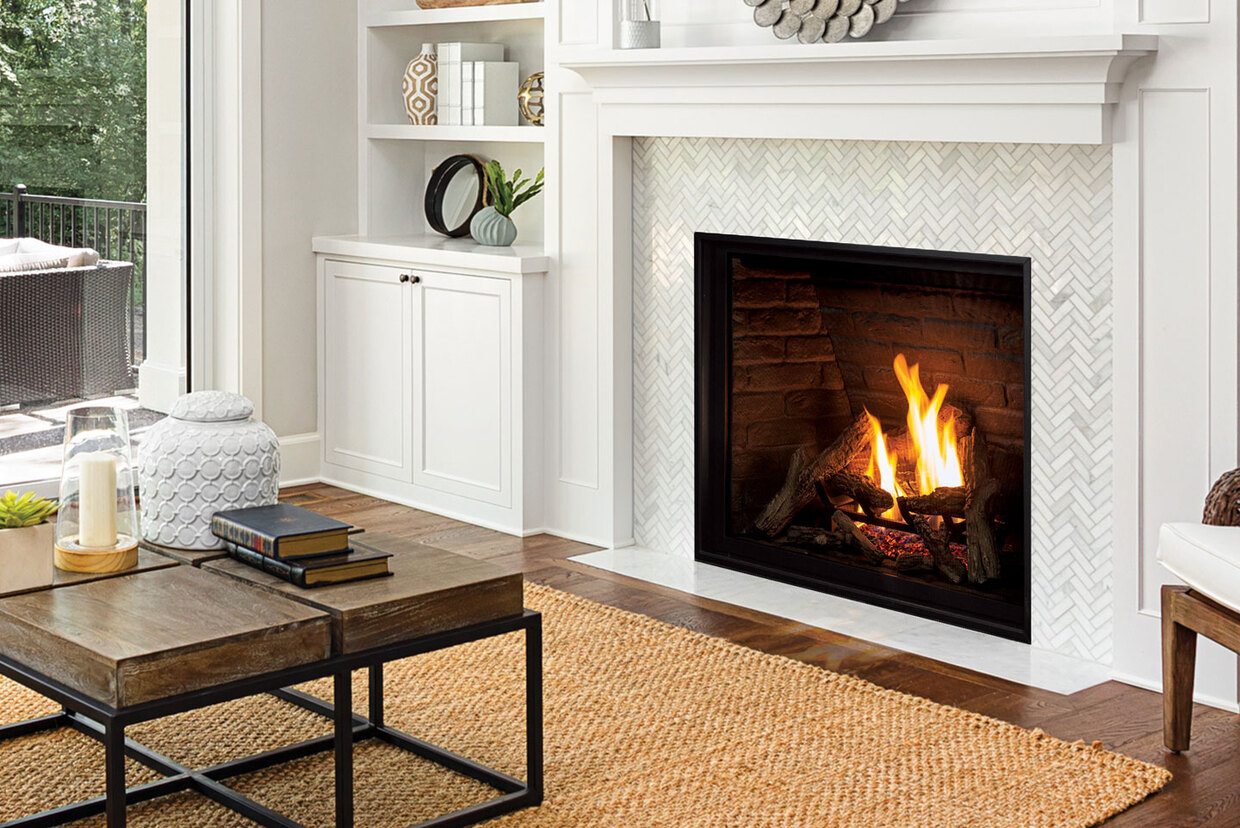
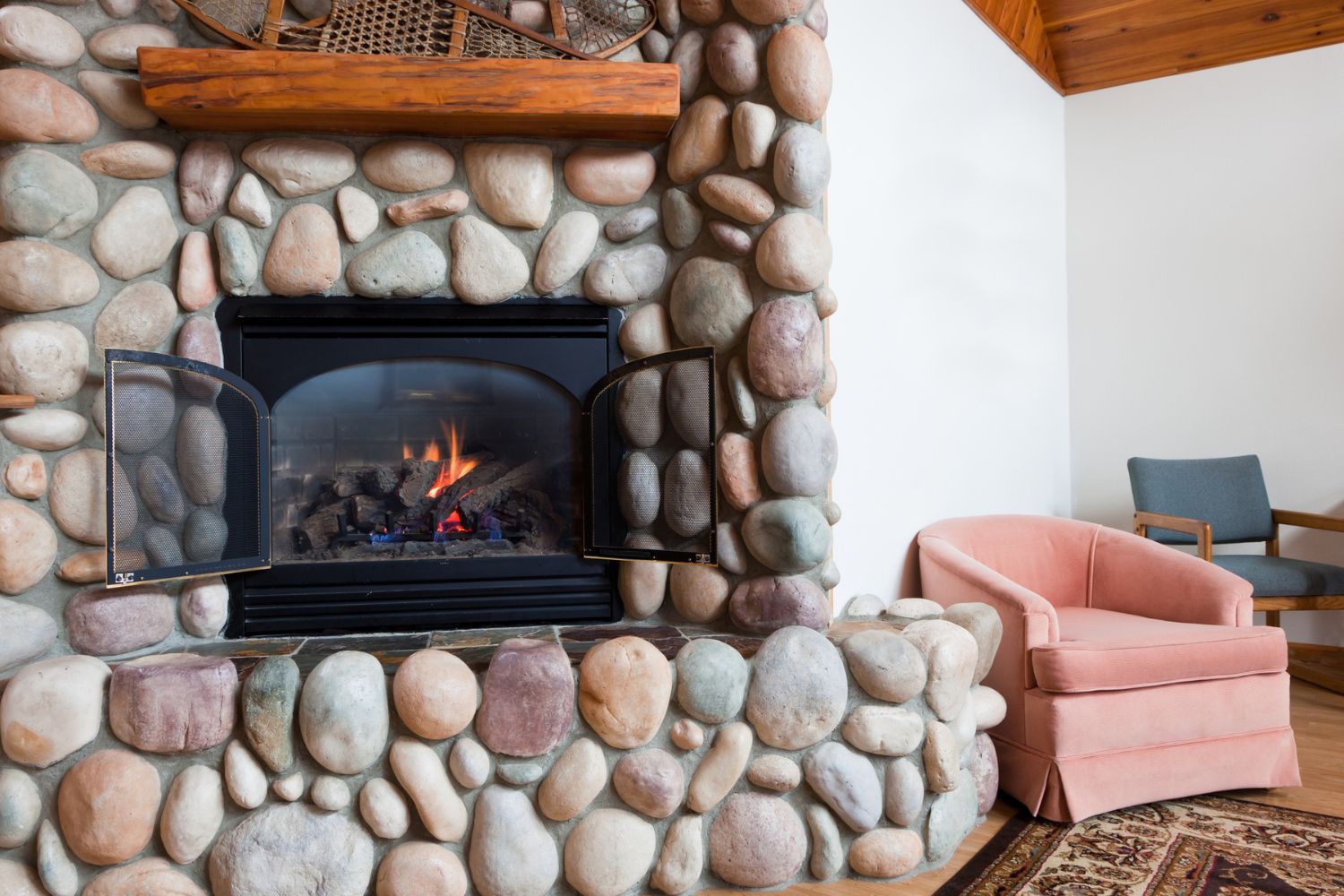
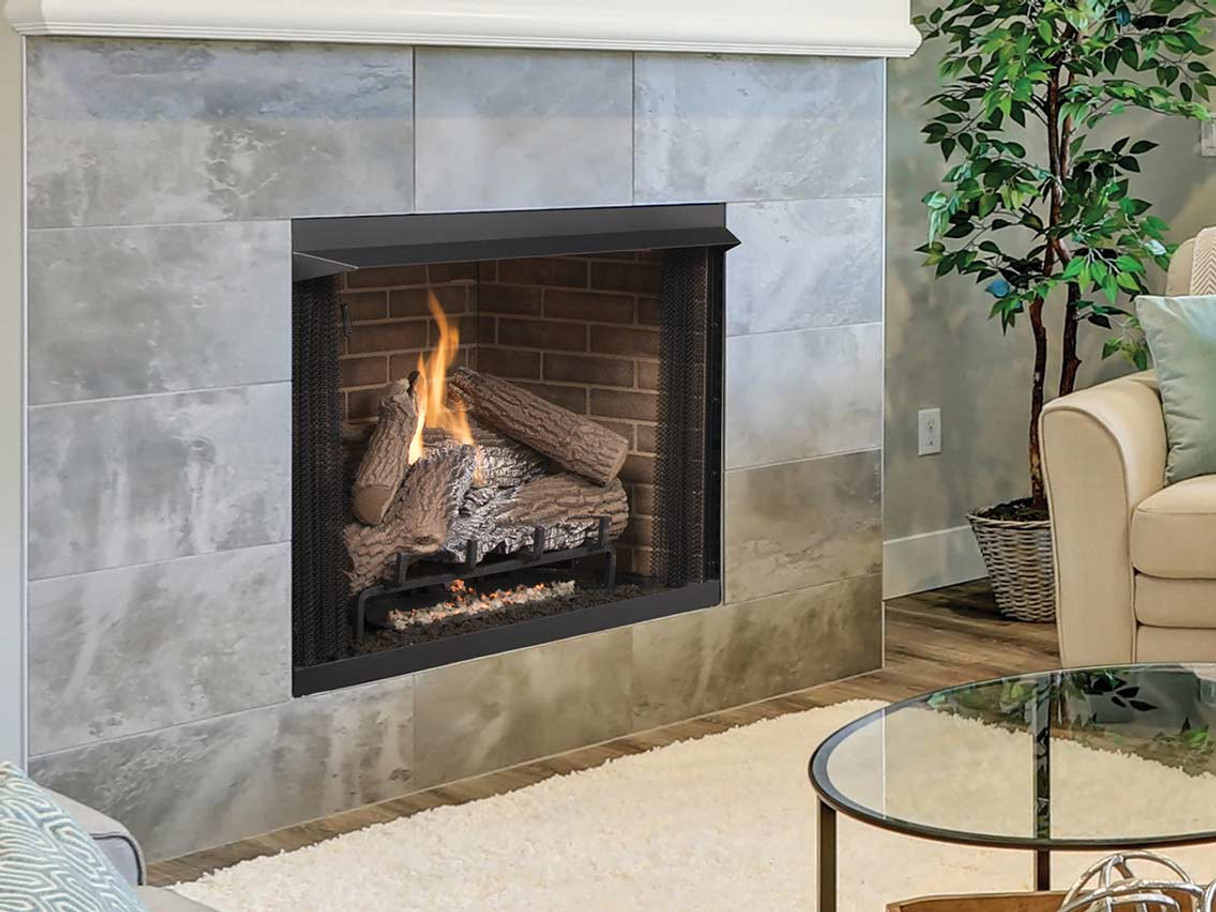
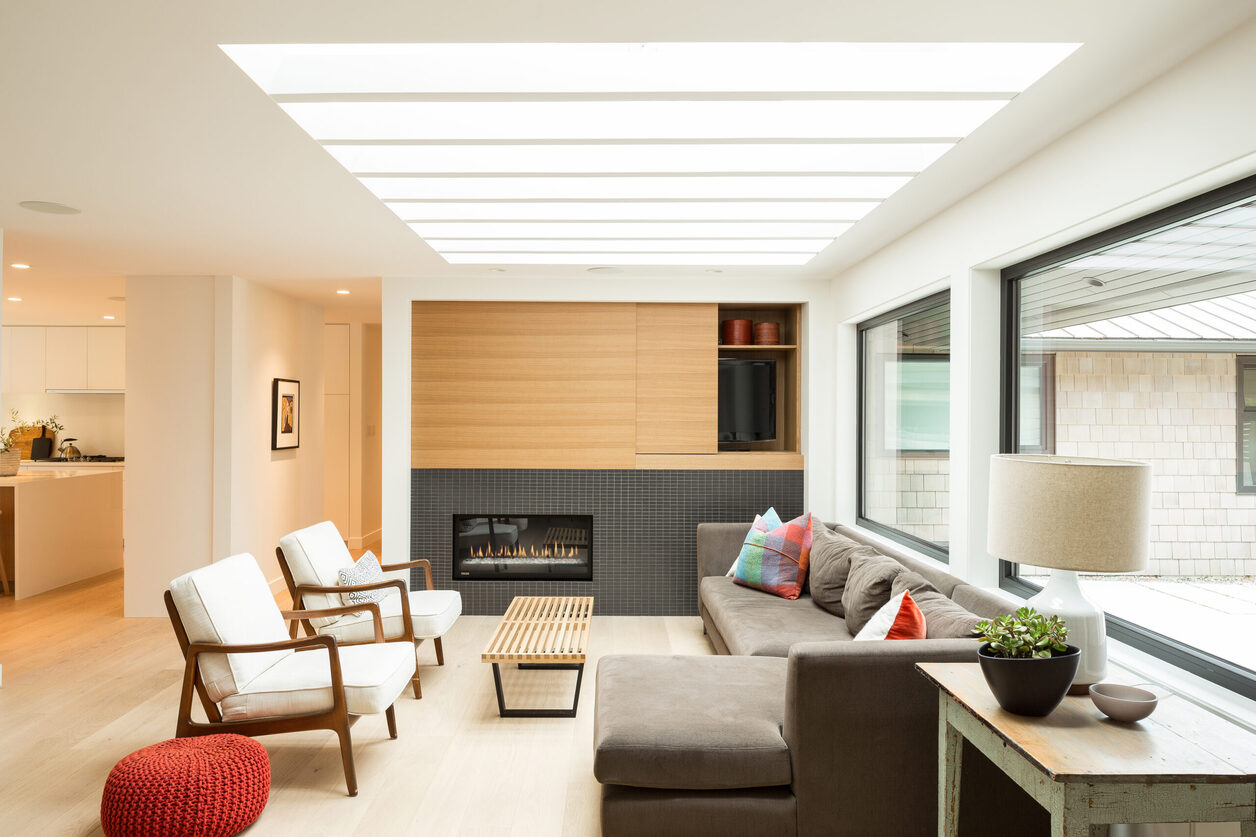
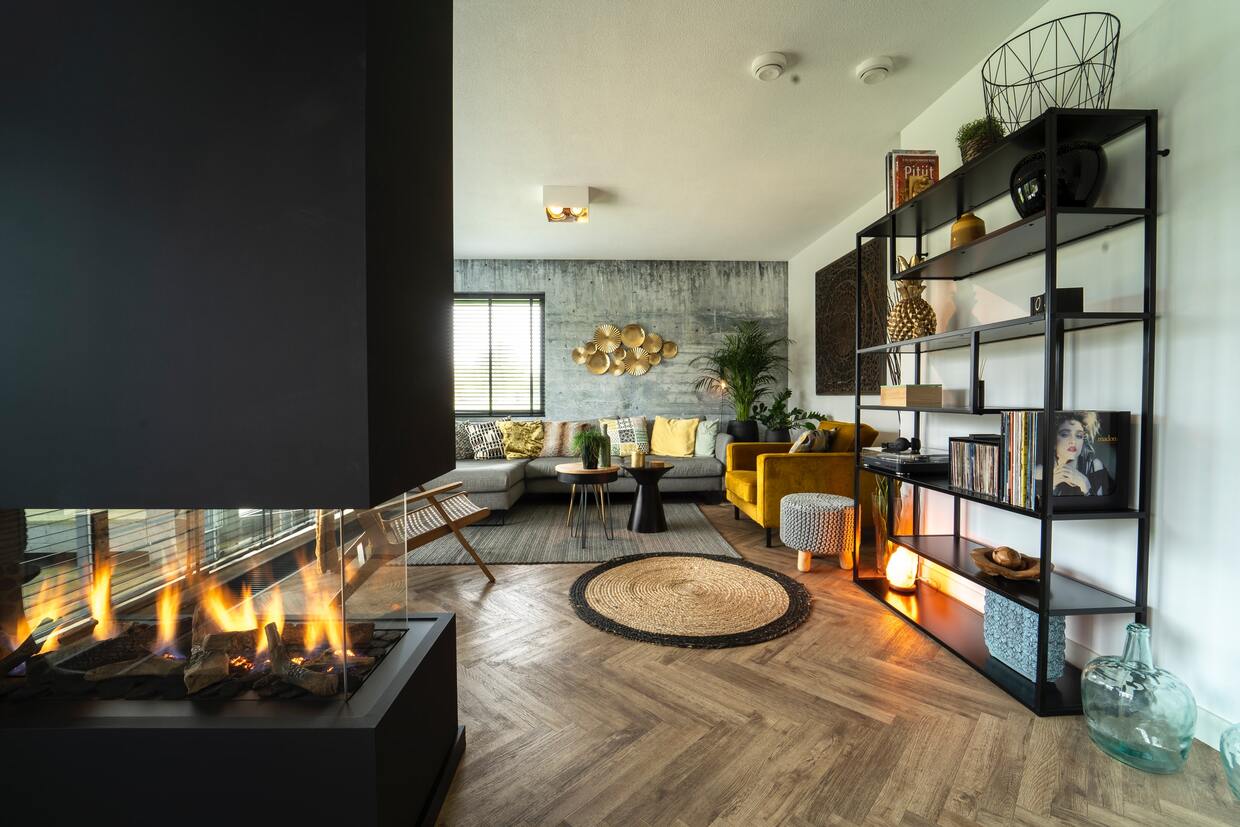
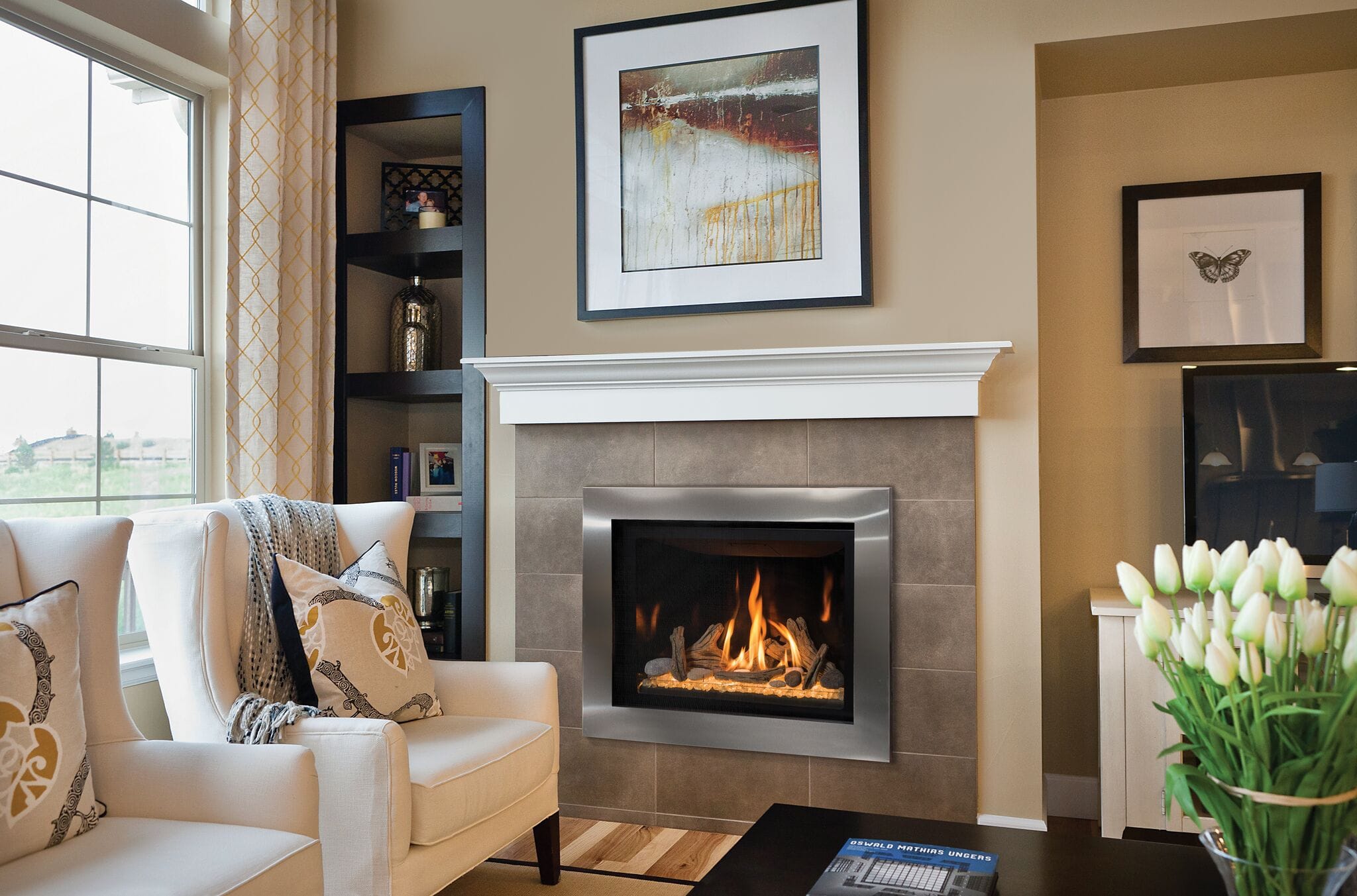

0 thoughts on “How Much Gas Does A Fireplace Pilot Light Use”